Yes, civil unrest has of course occurred before. But the riots of 2020 exhibited features which belie any easy historical parallel. For one thing, consider their enormous geographic scope. While the most extreme riots in cities like New York, Chicago, Philadelphia, and particularly Minneapolis did receive considerable attention — however fleeting, incomplete, and unnecessarily inflected with knee-jerk partisanship — there were also smaller-scale riots in surprisingly far-flung places that you hardly would've known about unless you lived in the area, happened to visit, or intentionally sought out what remains of the bare-bones local media coverage. To take just a small sampling: Atlantic City, NJ, Fort Wayne, IN, Green Bay, WI, and Olympia, WA all underwent significant riots, at least per the normal expectations of life in these relatively low-key cities. Did you hear anything about them? Because I hadn't, and I'm abnormally attuned to daily media coverage. Only because I personally visited did I learn of the damage.
These riots exploded with such intensity, across so many jurisdictions, and within such a contained period of time — roughly speaking, a one-week stretch beginning May 28, the day the chaos in Minneapolis/St. Paul reached a grisly apex — that no other instance of past civil unrest seems quite analogous. Complicating matters is that the riots occurred in tandem with a protest movement now believed to be the largest ever in U.S. history — one which saw demonstrations, vigils, and general rancor extend even into the most unassuming expanses of suburban and rural America.
On some level, you can understand why the ramifications of all this has still yet to be fully processed. The sheer volume of information is overwhelming, for one thing. And coupled with a worsening pandemic, along with the daily antics of Donald Trump, sustaining national attention on any given topic might be impossible. But it's also clear that the severe ramifications of these riots have been widely ignored — if not consciously obfuscated — by a media class that was near-unanimous in its approval of the accompanying protest movement. That they could have so quickly "moved on," particularly from the wreckage of Minneapolis/St. Paul — where residents commonly told me that their lives are still in "agony" — is galling.
I'm not a rocket scientist, and it doesn't take some kind of profound journalistic acuity to walk around riot-affected areas, talk to citizens, record their stories and impressions, take some photos and record some video, and compose some tweets. And yet, I heard from hundreds of people across the United States and world who were shocked that they'd have never been aware of what happened in Minneapolis/St. Paul if not for my dinky little Twitter thread. When I visited a month after the peak of the riots, much of this major American metropolis still lay in ruins. Not that normal life hadn't mostly resumed; it had. But it's resumed in the way that war-torn areas configure some ad hoc routine that enables the resumption of semi-normal activity amidst the rubble and despair. In speaking with locals, many of whom have lost their livelihoods and/or had to plead for their children not to be burned alive, it often seems like the extent of the ruination they've experienced was barely ever appreciated in the first place. There are several potential explanations for why:
- The media, in its characteristic insularity and myopia, has instead chosen to pathologically fixate on a constant stream of Culture War inanities that stem loosely from this ongoing "movement" — such as the propriety of various statues and monuments, whether various food brands and sports teams are racist, and whether various micro-celebrities need to be "canceled" for some imagined transgression. They are also beset by the various hyper-moralizing staff revolts within their own elite institutions, leading them to adopt an inordinately "inward" editorial disposition on account of their own neurotic personnel issues. Under these narcissistic conditions, real-world human suffering becomes less of a pressing concern
- Journalists, editors, and pundits believe — either consciously or subconsciously, probably some half-scandalous combination of the two — that highlighting the harmful after-effects of these historic nationwide riots would somehow redound to the political benefit of Trump, which to them would be the most disastrous outcome of all. This probably isn't even correct — Trump is currently seizing every opportunity to shoot himself in the foot all on his own — but the media class is nonetheless mortified to even contemplate the possibility that anything they might do could conceivably "help" him
- These same media class members are themselves deeply invested in what they regard as "the movement," however diffuse and ill-defined this "movement" may be, and they are extremely reluctant to produce any coverage which might reflect poorly on said "movement" and potentially undermine its moral and political legitimacy
Numerous establishments were boarded up in Atlantic City, NJ in June. Just off the boardwalk, an Arab grocery store owner told me about how his storefront window was smashed by a rioter wielding a baseball bat as he was working. The riots came just as much of the city was preparing to partially re-open from COVID for the summer beach season.
Fort Wayne, IN doesn't immediately come to mind as a likely candidate for a riot location, but one nonetheless took place. A coffee shop employee told me that their window was smashed by white kids with skateboards. As in many other places, the resulting plywood has served as a canvass for a city-sanctioned communal art project. Similarly in Green Bay, WI, residents could not recall anything even approaching a riot ever occurring before. Here, the manager of a small tobacco and convenience shop displays photos of the damage taken for insurance purposes. Nearby, the windows of a post office were smashed.
A music shop owner in Olympia, WA told me that while his window was smashed, he also felt moved to put up the plywood boards "in solidarity" with the "movement," to again provide protesters with a canvass for their art projects.
So many of the people I've encountered across the country were perfectly happy to talk about their experiences in the last two months, although many did not want to go on-record for understandable reasons. Still, there would be plenty of fodder here for heart-felt retrospective specials on CNN or in the New York Times magazine about the impact of these historic riots — and yet no such coverage has been forthcoming. It's quite a puzzle.
"You think you're getting justice, but you're just tearing up your own community," a black woman in her 40s who runs a bakery in a predominantly black part of Milwaukee — in which significant, but conspicuously undercovered riots took place — told me. She added that she would be livid if she found out that her daughter in her early 20s ever participated in such activities, and was generally condemnatory of those responsible for causing the chaos. (Many people online have made it clear that they don't believe me, but I swear I have not "cherry-picked" any of these interviewees.)
Of the dozens and dozens of randomly-selected black Americans that I have so far spoken to across the United States, only two expressed what one might call a "positive" view of the riots, and they were both young men. Everyone else I have encountered is unabashedly scornful of rioting, and many even express apprehensions about the basic logic of a movement referred to as "Black Lives Matter," which incongruously appears to them to have caused increased suffering in their predominantly black neighborhoods. Here's an interview I conducted on video with a black man, Tony in Milwaukee, who describes what it was like to escape from a riotous mob on his way home from work. "It's crazy man. I really don't understand it. Cuz they sayin' Black Lives Matter and all this stuff," he said. "But man, you're hurting the black community." He, like many others in various places where riots occurred, also expressed confusion about why the wrongful police killing of George Floyd in Minneapolis should have necessitated random destruction in their own city — hundreds of miles away — with its own set of localized concerns that don't necessarily have anything in common with Minneapolis. Here's a black resident articulating the same sentiment in Philadelphia, and another in The Bronx, both places which underwent major rioting.)
Seldom acknowledged is that a large segment of black residents in urban areas over a certain age — and particularly recent immigrants from the Caribbean and Africa — are more-or-less small "c" conservative in their social and political attitudes. In general, they are far more outwardly repulsed by riots that ravaged their neighborhoods than the activist media liberals and leftists who so eagerly imbued these riots with some kind of coherent, obviously virtuous political meaning — a meaning that was evidently not apparent to many of the people who actually live in the affected areas. It should be noted that this "small c" conservative reaction by local minority populations doesn't in any way mean that they would be motivated to support the Republican Party or Donald Trump — as Trump is also widely seen as an agent of chaos in his own right, who exacerbates Culture War animosities rather than alleviates them. But their baseline aversion toward Trump doesn't negate that their sentiments diverge extremely sharply from self-appointed left/liberal journalists and activists who often claim to speak on their behalf. (For example, they were almost uniformlysupportive of the deployment of National Guard to quell the chaos — unlike journalists and activists, who tend to portray the deployment of military forces to urban areas as an unambiguous sign of fascist terror.)
In Chicago, as with many other cities, small businesses now display signs declaring themselves "Black-owned" or "minority owned" — partially as an expression of pride, but mostly to dissuade further rioting:
Residents of Chicago's predominantly black South and West sides remarked that the looting appeared to begin at apparel stores like Foot Locker, and then branched out from there. Here's how one man described the progression. Opportunistic "looting" should generally be distinguished from the more ideologically-motivated "rioting," as those who "looted" were generally locals (mostly but not exclusively blacks) who simply took advantage of an unprecedentedly chaotic situation to seize goods. Whereas "riots" motivated by consciously insurrectionist ideology — consisting of arson attacks and other actions intended to maximize chaos — appear to have been largely instigated by left-wing activist whites. You could possibly group both activities under the banner of "rioting," but it's worth drawing a distinction between these two different kinds of conduct which arise in a riot context.
Such was the enormity of the scale of the riots, all manner of drastic local measures were enacted to preempt or curtail the chaos, many of which received next-to-no attention from national media on account of their preoccupation with other things. In Hammond, IN, which sits on the state border with Illinois, the Democratic mayor went so far as to order large concrete blocks erected in the middle of a public roadway to block off unwanted incoming rioter traffic. During a recent stop there, I heard locals muse with half-formed rumors about business owners having taken matters into their own hands and heading to the rooftops of their buildings — with rifles in tow — to fend off potential looters. Often, such rumors cannot be verified, and the rumors themselves serve a kind of psychologically-gratifying purpose for those who spread them, as they allow bystanders to construct their own self-affirming narratives out of the chaos. But everywhere I have gone over the past two months, if there was a hint of unwieldy protest or riot activity, places are awash with rumors. This, along with the pandemic, is clearly the preeminent political issue of Summer 2020 — as opposed to the presidential campaign, which is almost like an afterthought. Joe Biden? Meh. (Although this dynamic seems to be working pretty well for Biden.)
Comment: Business owners taking up positions on rooftops wouldn't surprise us. That's what happened during the LA riots in 1992. Besides, even just regular homeowners 'took up positions' right across the US during that crazy week in early June.
Maybe the media commentators who reflexively glamorized these riots don't know or don't care, but the primary victims — meaning those who feared for their safety, suffered severe material losses, and whose lives were upended — are themselves minorities, and were targeted by activist whites.
A deli operated by a Somali man in Minneapolis remained fully boarded up with bullet holes still visible in the partially shattered windows — caused by shots fired from an armed private security force that was summoned to protect businesses during the peak of the riots. (Residents recall with astonishment that Minneapolis Police were essentially nowhere to be found as the destruction unfolded.) According to this man, who like many others did not want to be formally interviewed, the majority of those who wreaked havoc on his establishment were white. Note that scrawled onto the plywood boarding up the Somali man's shop is the classic anarchist "A" symbol, popular among white left-wing activists.
Needless to say, with virtually his entire neighborhood boarded up, the street in tatters, and the front entrance to his deli shuttered — one has to go through a semi-hidden backdoor in order to gain entry — business is substantially down.
One of the Somali grocer's neighbors is a Mexican convenience store owner. He said looters broke in and stole a significant amount of items. Here are the safety precautions he took:
Elsewhere in Minneapolis, a Lao-American community center, having already drastically reduced its operations due to COVID, is boarded up and closed off with yellow police tape:
Minneapolis/St. Paul has a large population of Hmong people. Several suffered inordinately due to the riots. In a recent Wall Street Journal column, I relayed my interactions with a man named Long Her, who's operated a clothing store in St. Paul for nearly 30 years. In that time, he told me proudly, he never once had to call the police. That changed in late May after the George Floyd killing, when much of his prized inventory was ransacked. (Although, the police have been no help.)
At the time we spoke, he didn't know what insurance would cover. He was also advised by a repair company not to get his exterior door replaced yet, because there could be additional riots throughout the summer. Many small business owners in the area reported a major delay in their orders to get windows fixed, due to a massive backlog. (Mr. Her said his security footage revealed the intruders to be a white woman and a black man.) Here's his tabulated losses, which he said are a low-ball estimate because they don't include potential profits from the sale of various clothing items:
Across the street from that Lao community center is a pizza shop at which the majority of the workers are Hispanics. One worker said they'd been told by an ad-hoc activist group to proclaim themselves "black owned" (the owner is, in fact, black) so that people don't get the wrong impression when they see mostly Hispanics working there.
The shell of what was once an auto repair shop operated by an Ethiopian immigrant still sits burned out and destroyed, leaving the man out of work potentially for months, he said. The man, who like many others did not want to conduct a formal interview, remarked that he now has nothing to do all day. His tools and equipment were also destroyed.
A small Mexican restaurant near the epicenter of the riots in Minneapolis had been forced to close for the first time in 25 years, a worker said — they hadn't even closed for COVID. When I visited, they'd only recently re-opened — but business was steeply down, as far fewer potential customers are willing to enter the area, which is still strewn with rubble and debris.
The area surrounding the restaurant:
An open question is who actually initiated the arson attacks in Minneapolis. According to multiple accounts relayed to me, those who instigated these most extreme acts of destruction appeared to be white left-wing activists who were not from the area. This then consumed municipal resources and created a vacuum that enabled a portion of the local, largely black and minority populations to engage in opportunistic looting — hence the distinction I mentioned earlier. Here's an account from a young man, Matthew, who took part in the riot at the Third Police Precinct building, which was the Ground Zero for rioting in Minneapolis. Among other observations, he remarks that those who carried out the arson attacks were exclusively white — at least according to his own first-hand observations — and at certain points, says he witnessed non-white business owners warding off white rioters.
Here's an anarchist "A" scrawled on the burned-out shell of a liquor store across the street from the Police Precinct building. (Taken from a video "tour" I conducted of the Lake Street area.)The liquor store viewed from the front:
Flora Westbrooks, who I also interviewed for the Wall Street Journal, told me she was convinced that those who burned down the hair salon she'd operated since 1986 couldn't possibly have been locals because of her reputation in the community.
This structure was formerly an Indian restaurant, among other things.
Does the ubiquity of these types of signs, in which owners declare their ethnic or racial status, seem healthy to you?This was formerly an Ecuadorian restaurant and an African-style hair salon:
A low-income housing project that had been under construction, now effectively destroyed:
One of the early promoters of the former "Capitol Hill Autonomous Zone" (CHAZ) in Seattle had triumphantly used an image of the building set ablaze in her/their Twitter bio:
(I would encourage you to view my full Twitter thread from Minneapolis if you haven't seen it.)
One of the few booming industries in Minneapolis appears to be heavy-duty disaster-relief workers and construction contractors sifting through wreckage. (See my video tour of Lake Street area for footage of this.) While many of the establishments owned by large corporate chains have begun the recovery process, smaller establishments have not. (In that video, a local resident, Rick, recalls being told during the riots that there would be no fire or police service available and people needed to fend for themselves. Because the winds were high on the night of the extreme arson attacks, flaming insulation was landing on residential houses, and so he had to fill up barrels of water just in case.)
The status of laundry services in North Minneapolis:
The George Floyd death site was blocked off to traffic and turned into a public memorial zone as of the time of my visit. Police generally do not enter this area, activists say, as it has been declared a "holy ground." The day I visited, people had traveled there from as far as Florida and Texas.
Various places in St. Paul:
I'll close with this. (Believe me, there's plenty more. The amount of information and photos is overwhelming.) The owner of a convenience store in North Minneapolis told me he had to take up arms during the peak of the riots to protect his establishment. Here's the exterior of the store:
The man, an immigrant from Sierra Leone, said the following: "I grew up in a war zone, and I've never seen anything like it." What does it say that these kinds of experiences have barely impinged on the national consciousness? Despite the incredible amount of destruction that I've personally witnessed, it's only a tiny fraction. If I hadn't made a point to spend six weeks traveling around the country, I never would've gotten this information. Is a "national conversation" warranted here? I don't know. That's a ridiculous cliche, anyway. But I do know the enormity of what transpired over these past two months has not been adequately conveyed.
Note from the author
This work is possible due to the generous contributions I have received from readers and viewers, and I want to keep it going. Thank you for the support.
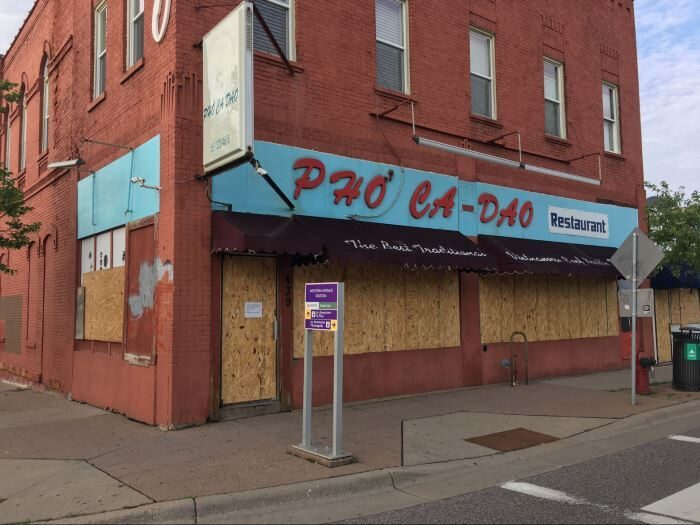
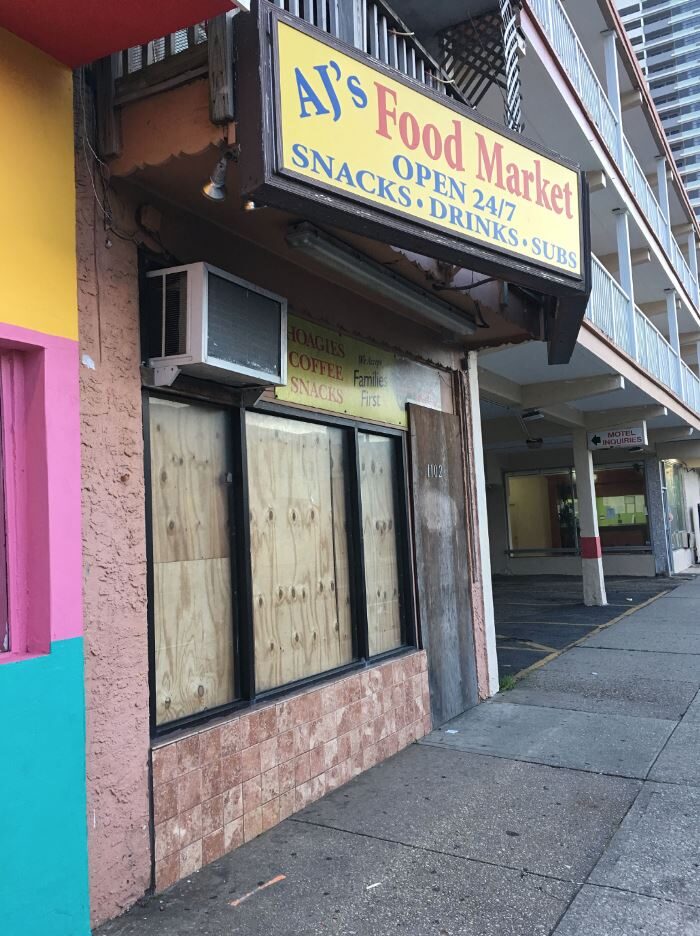
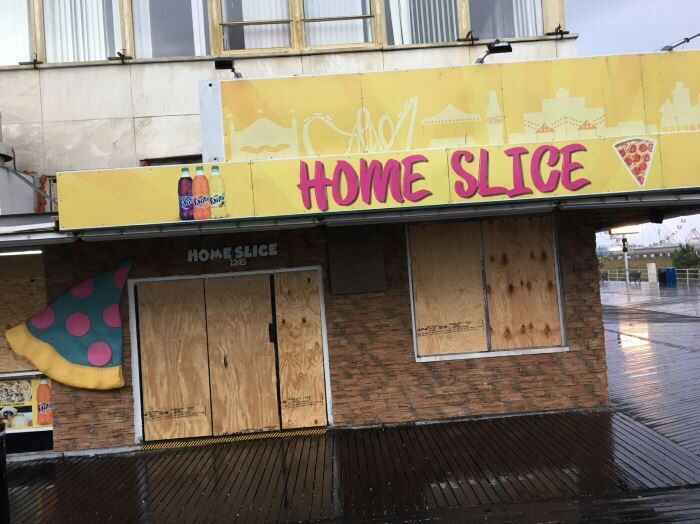
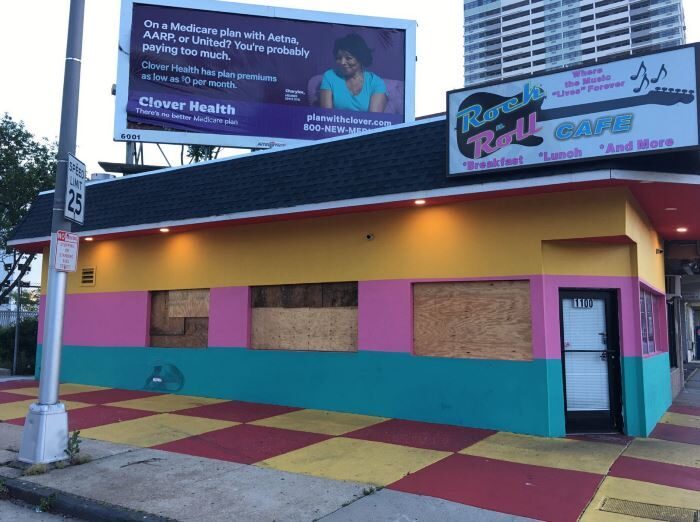
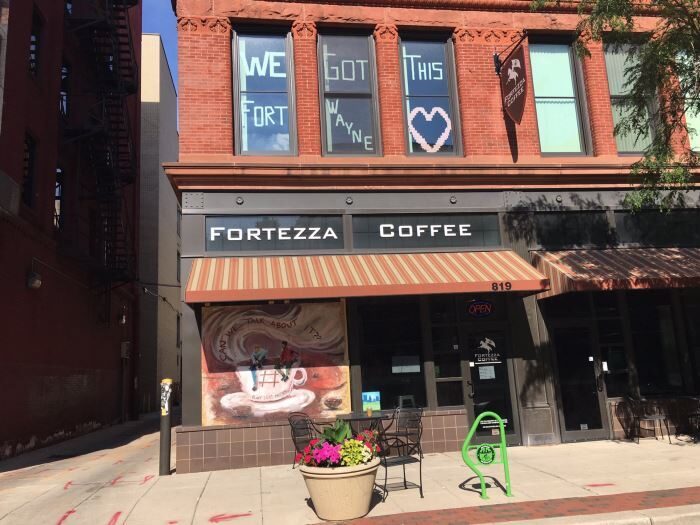
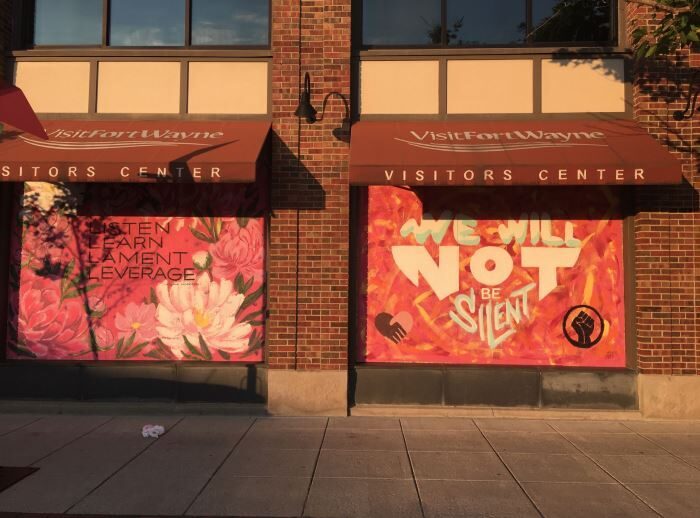
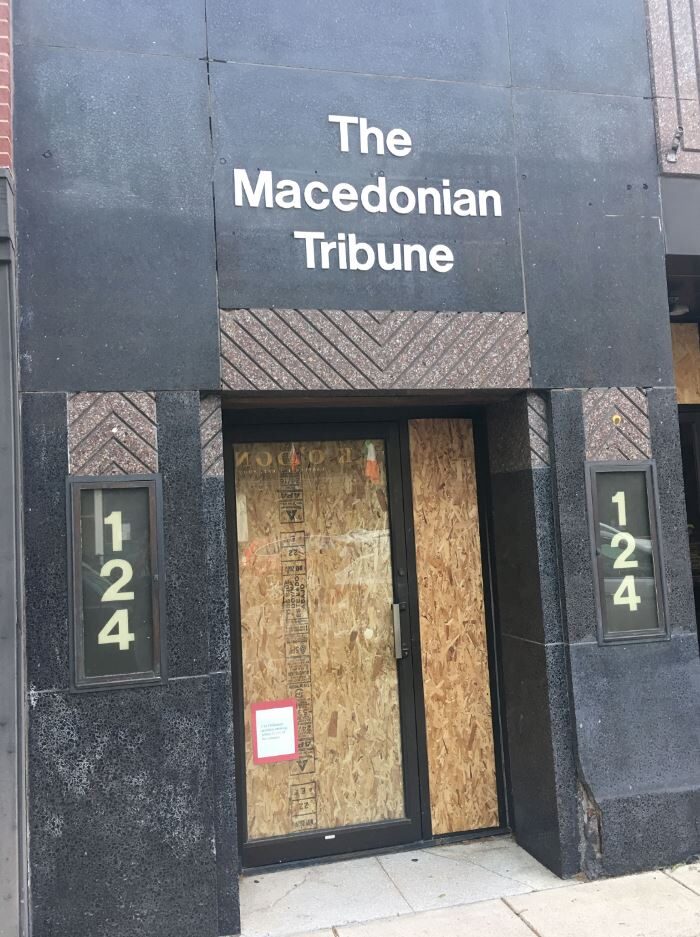
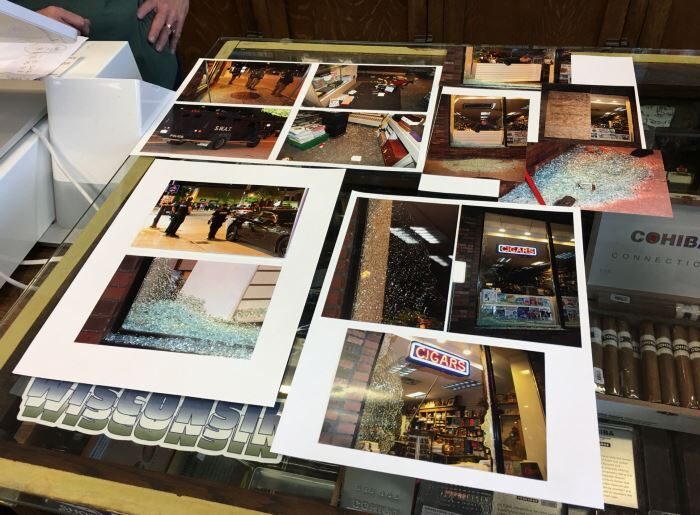
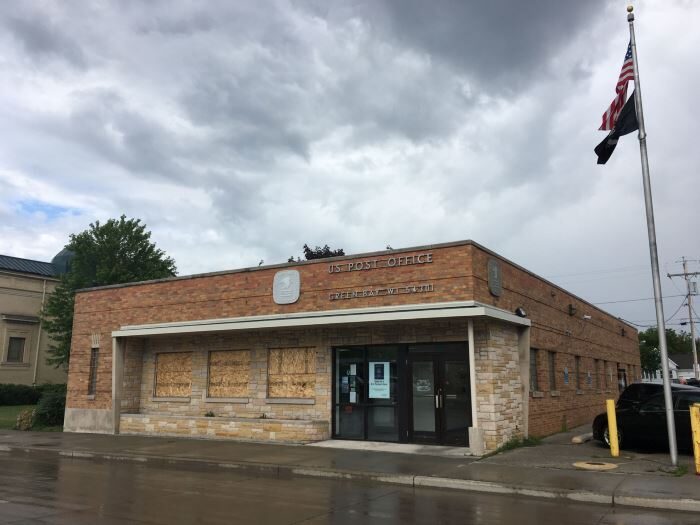
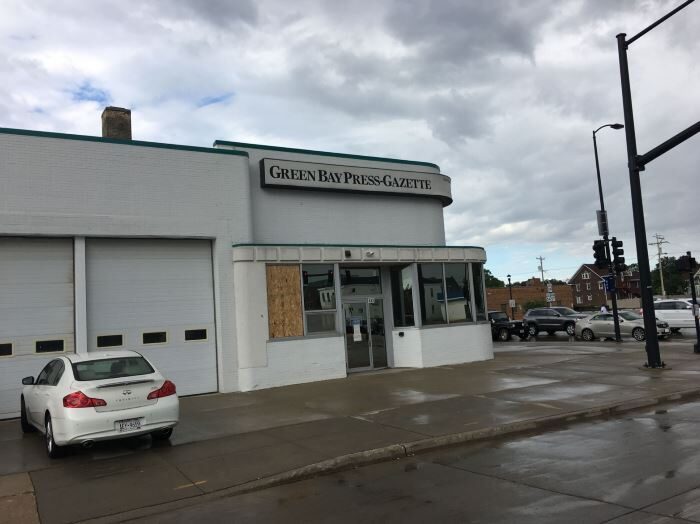
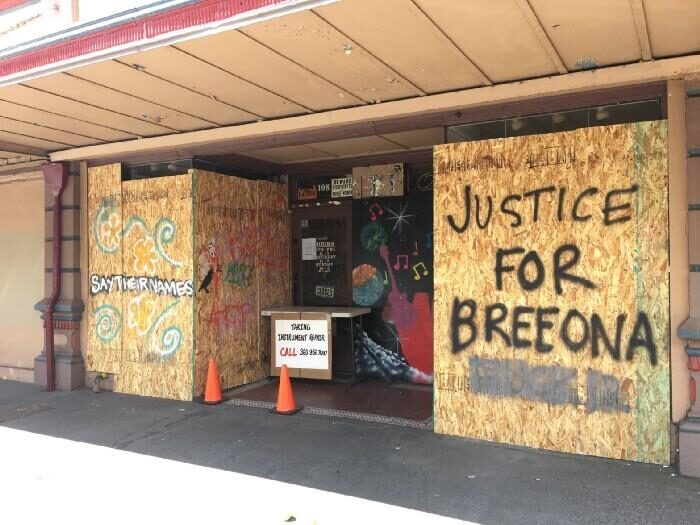
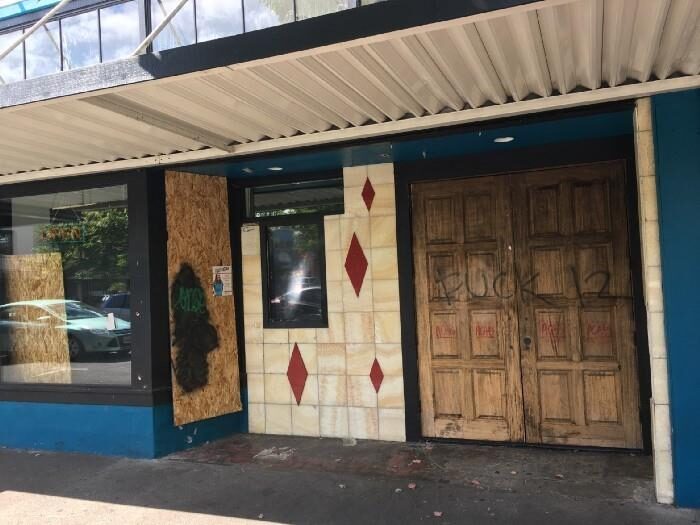
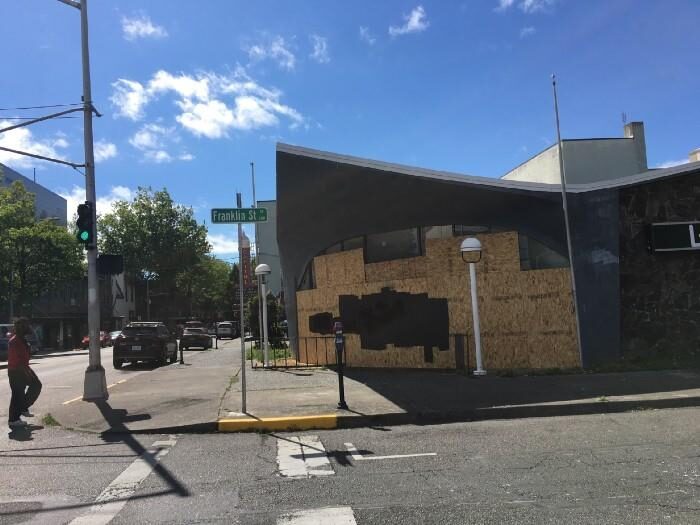
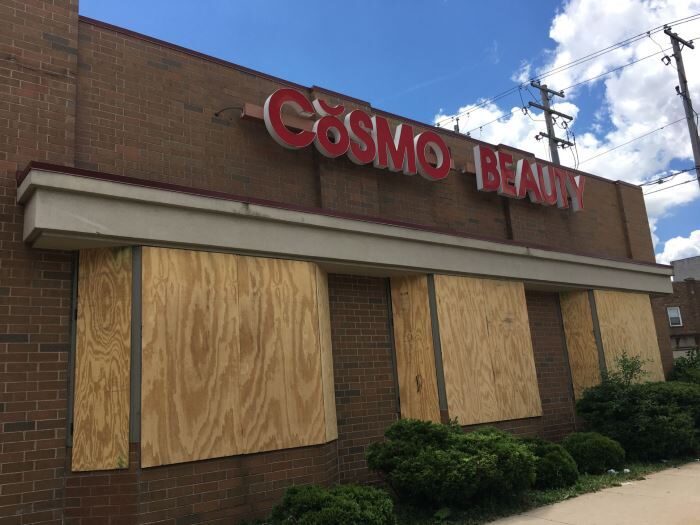
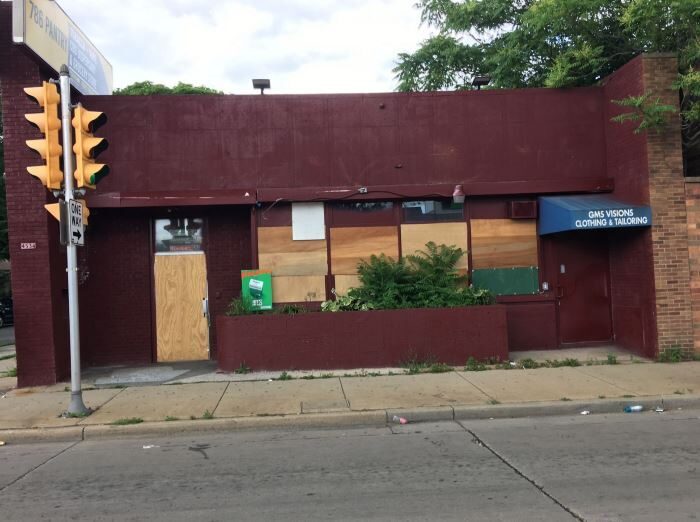
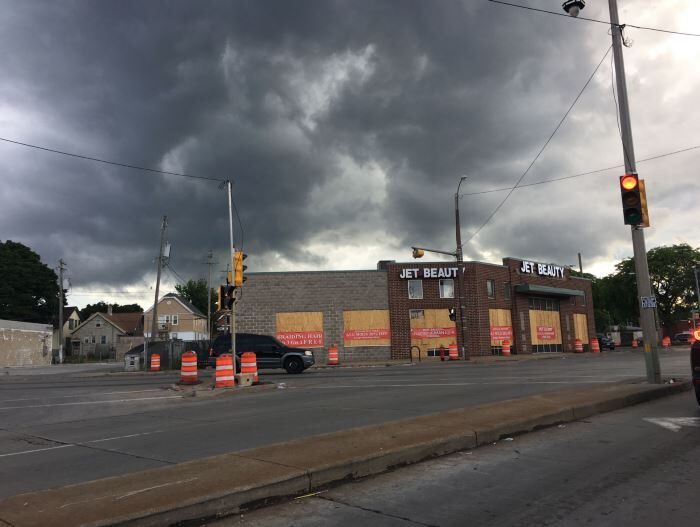
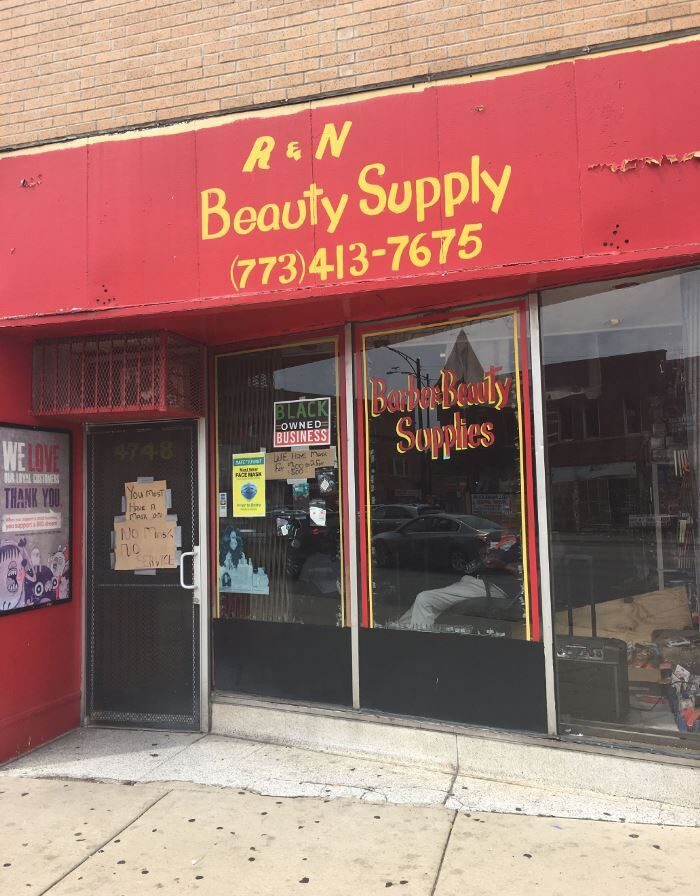
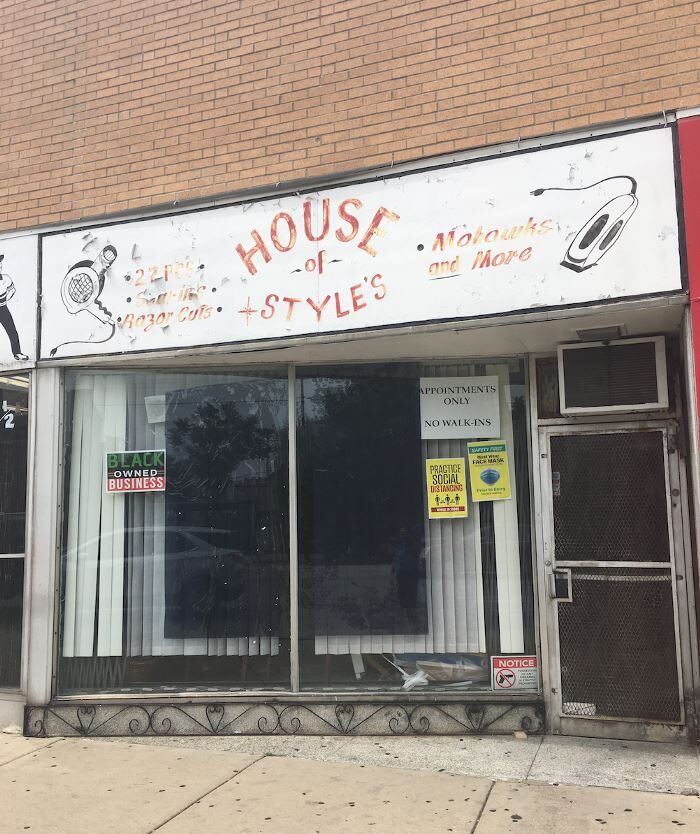
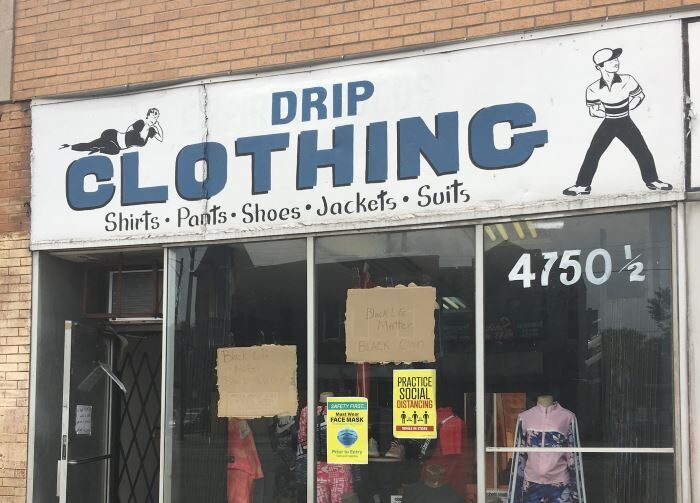
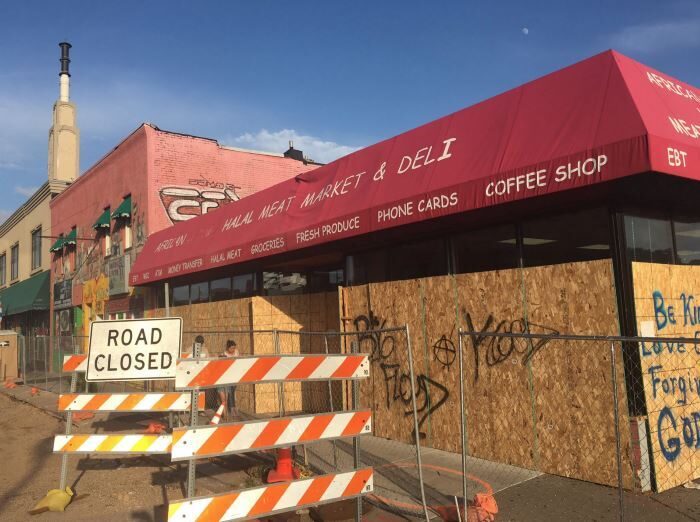
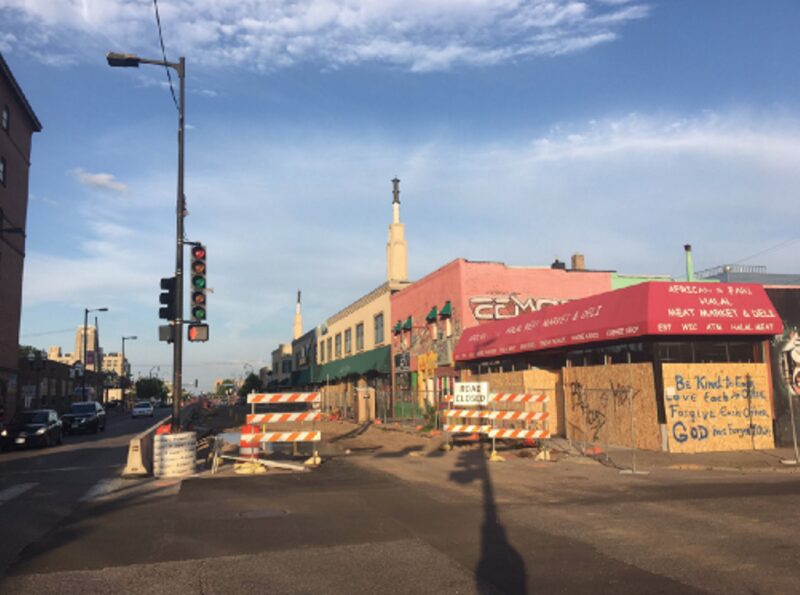
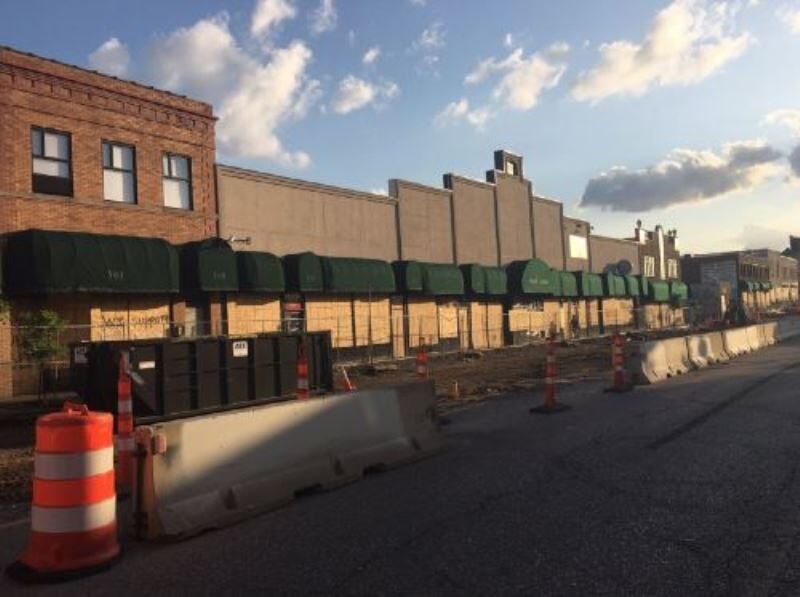
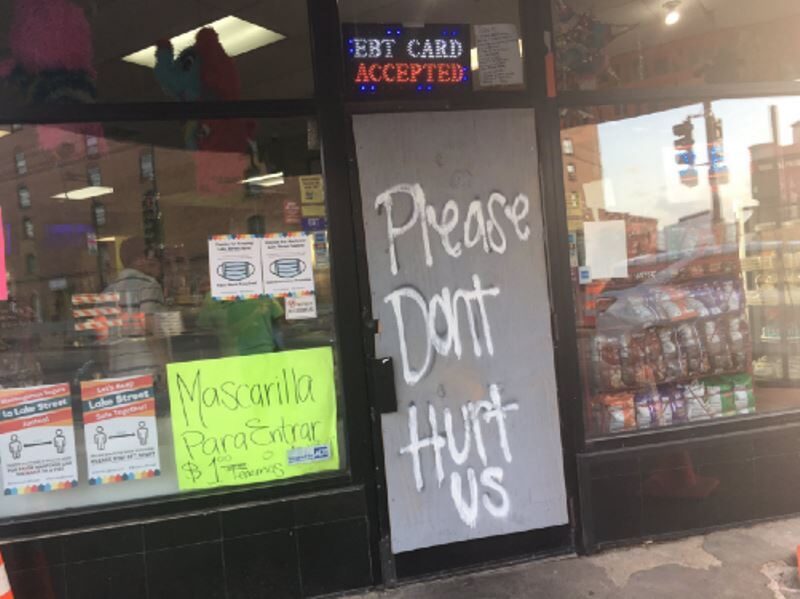
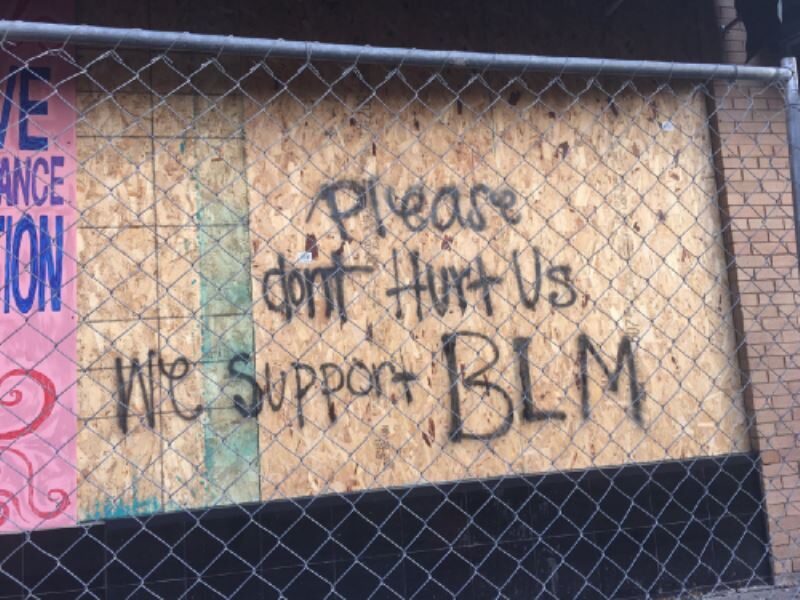
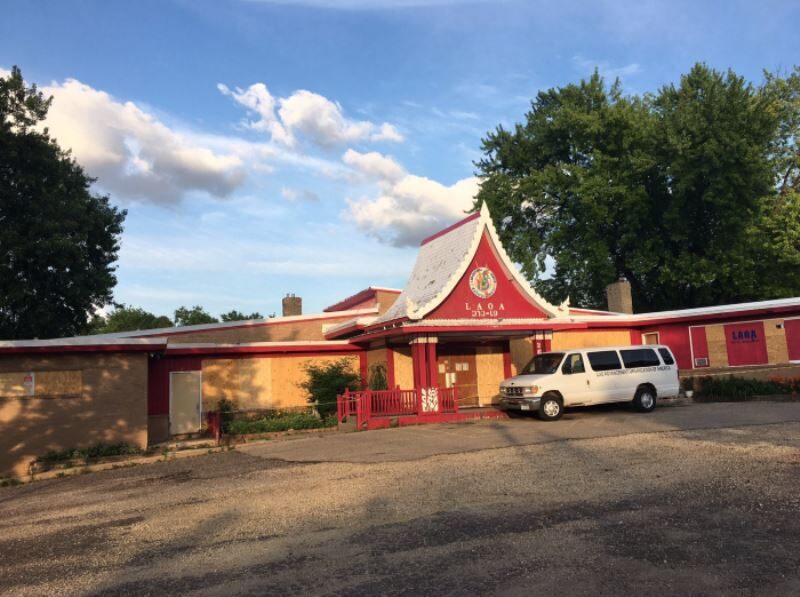
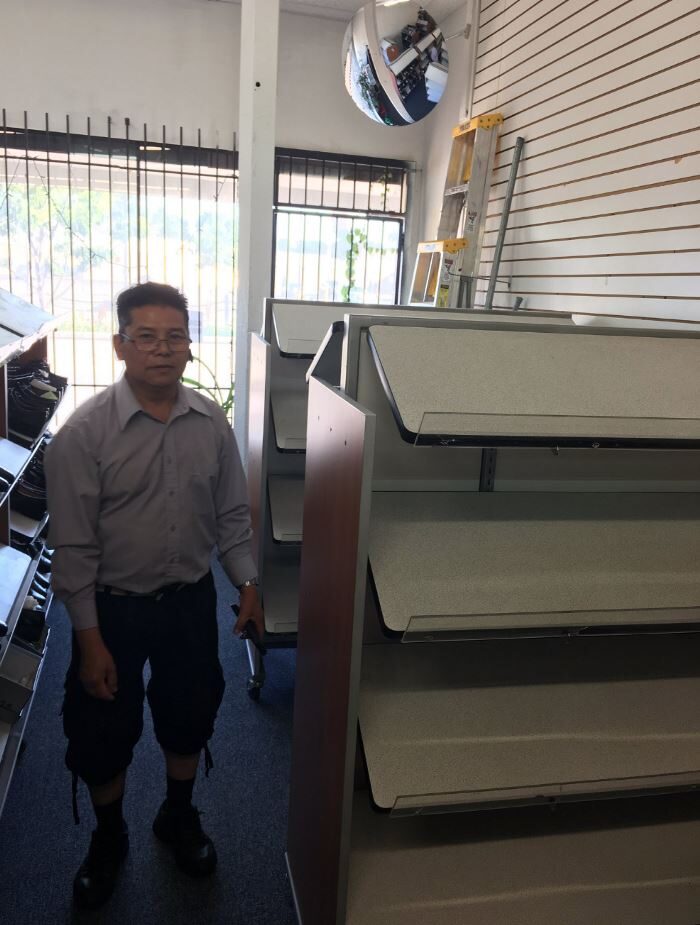
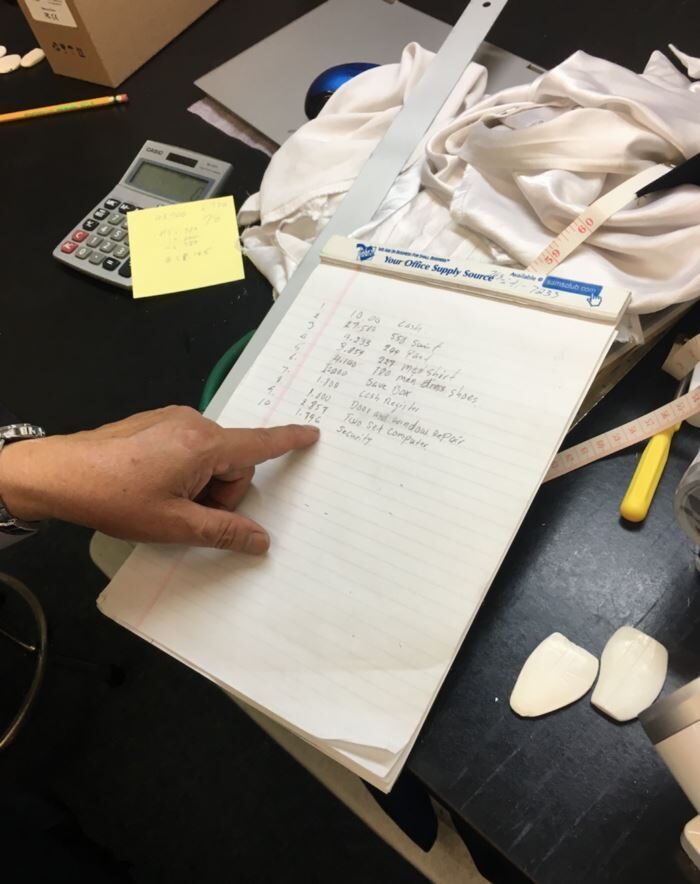
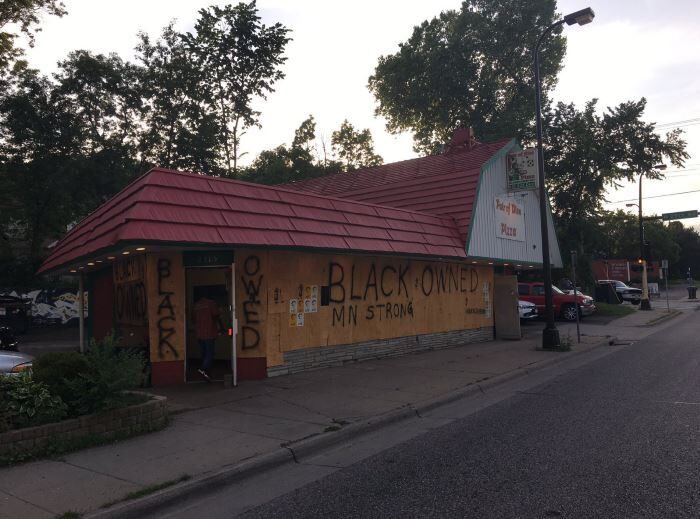
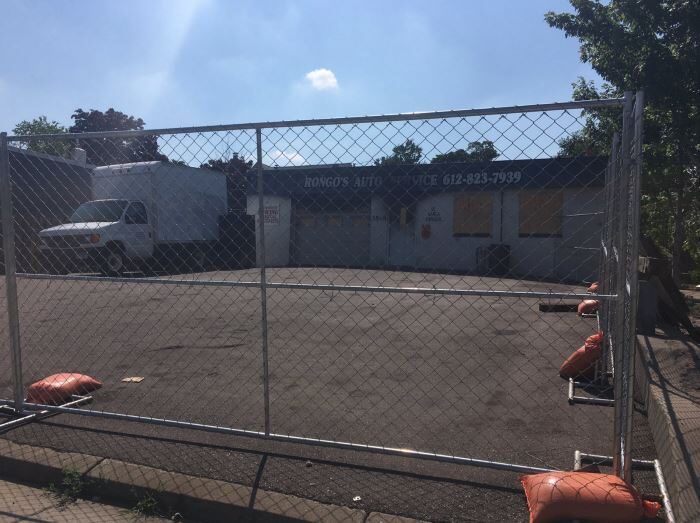
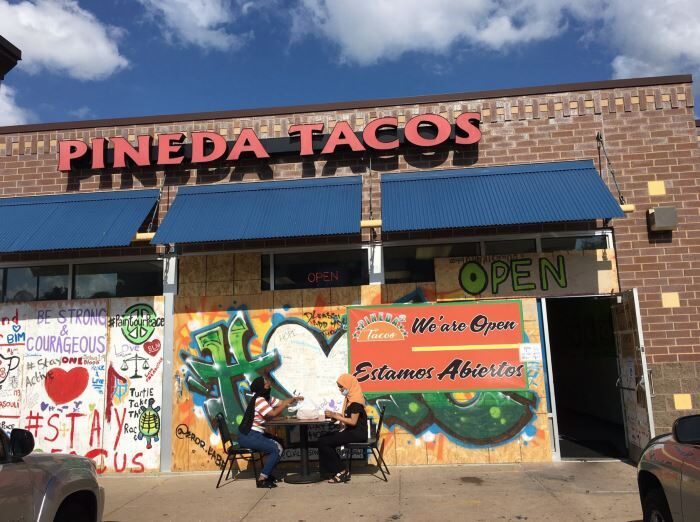
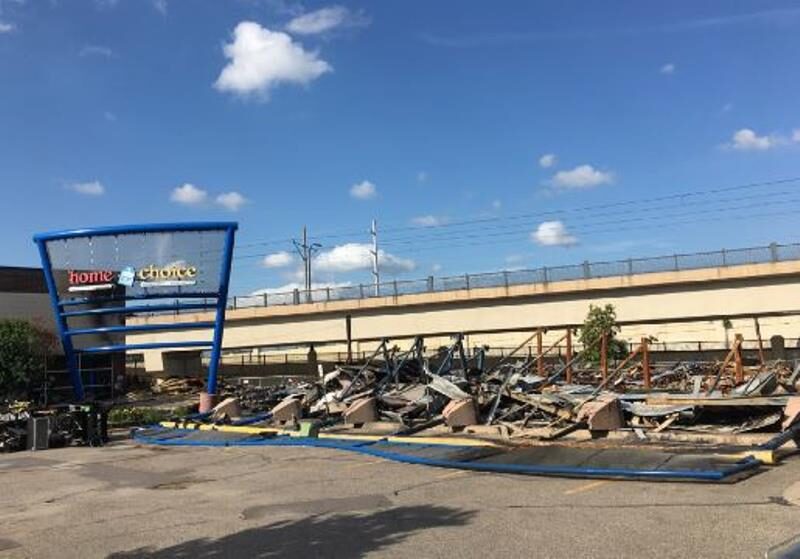
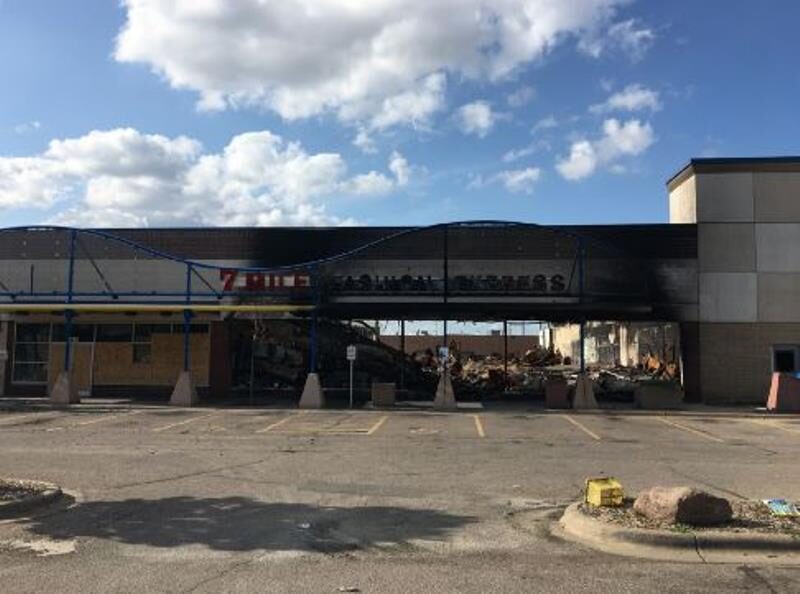
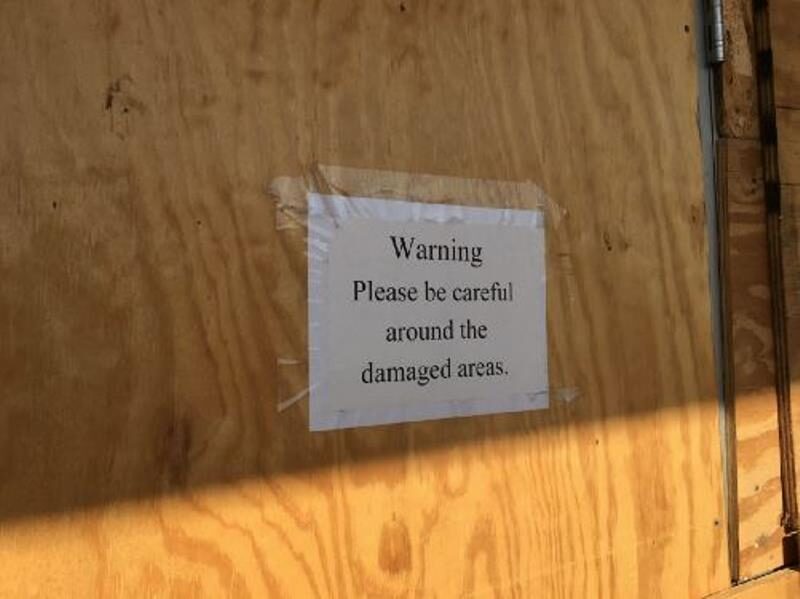
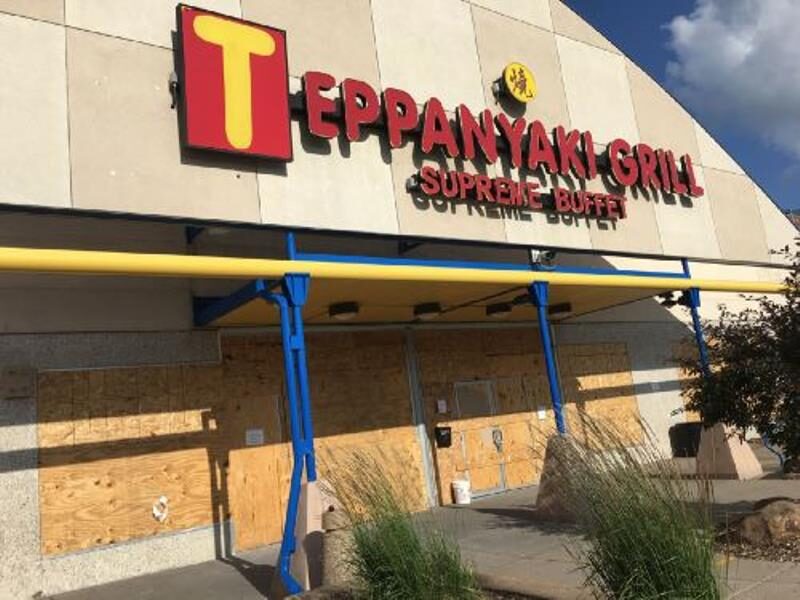
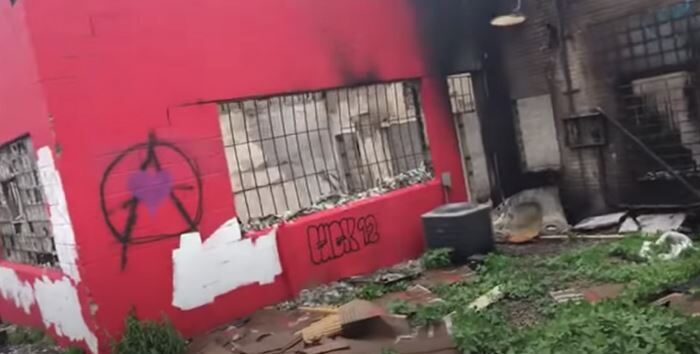
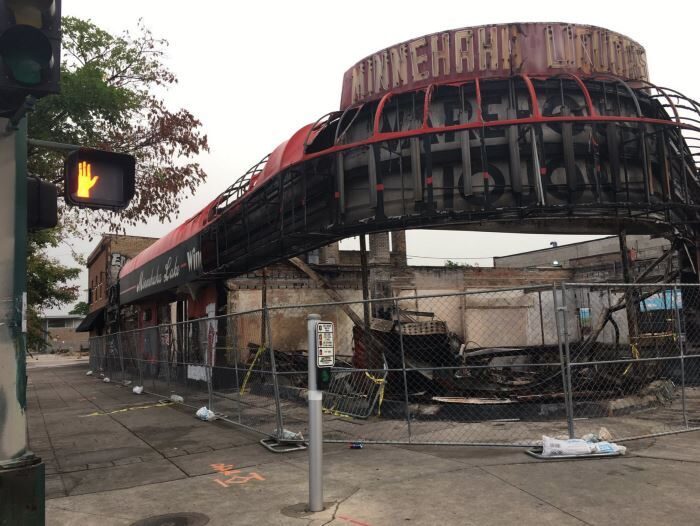
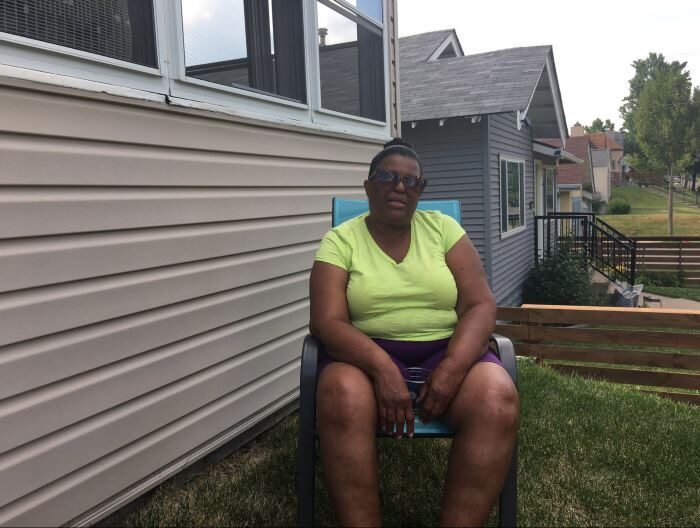
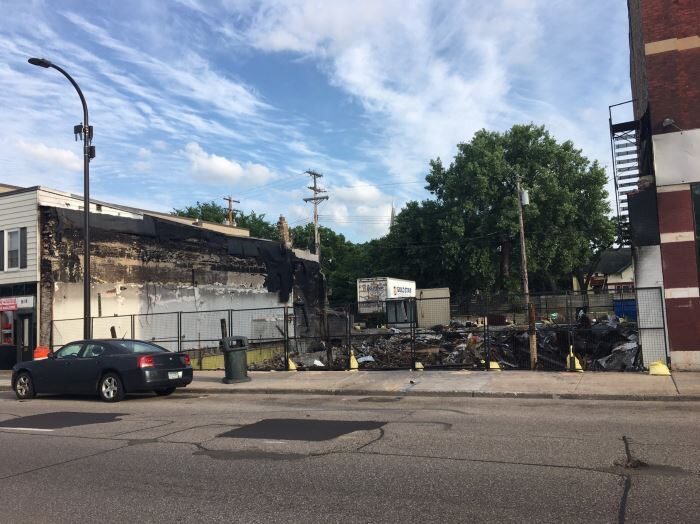
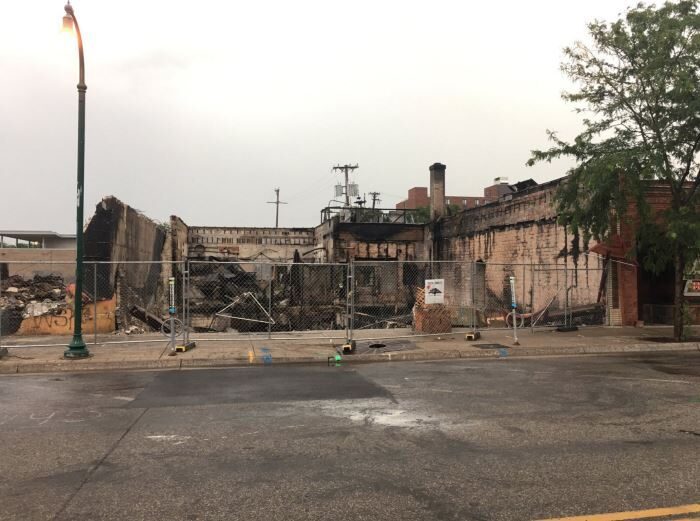
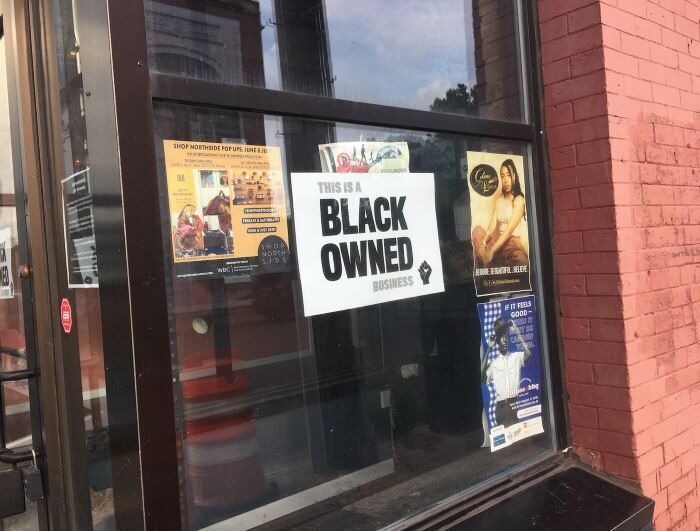
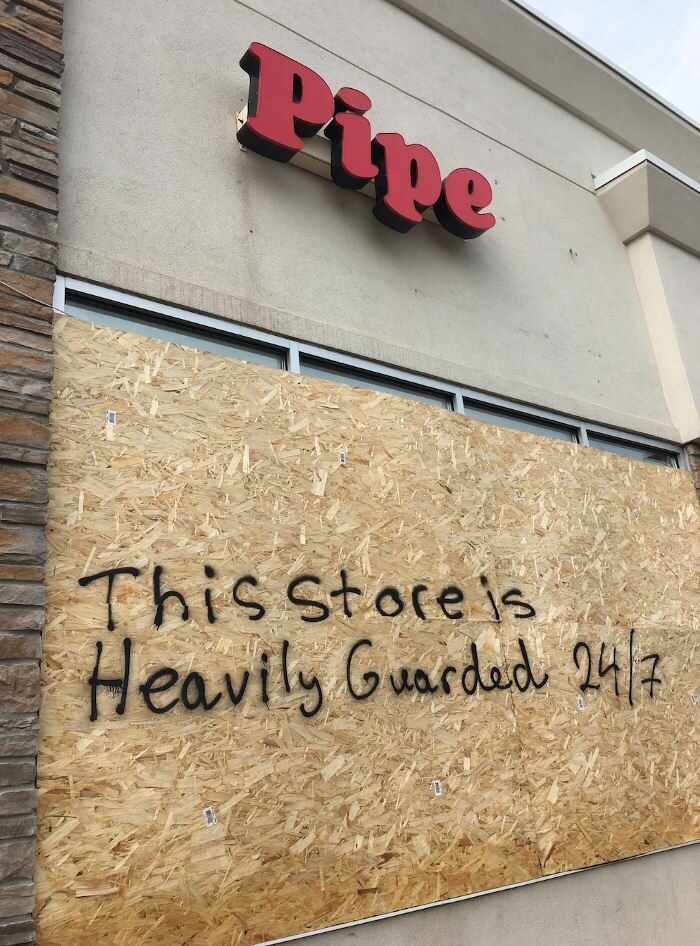
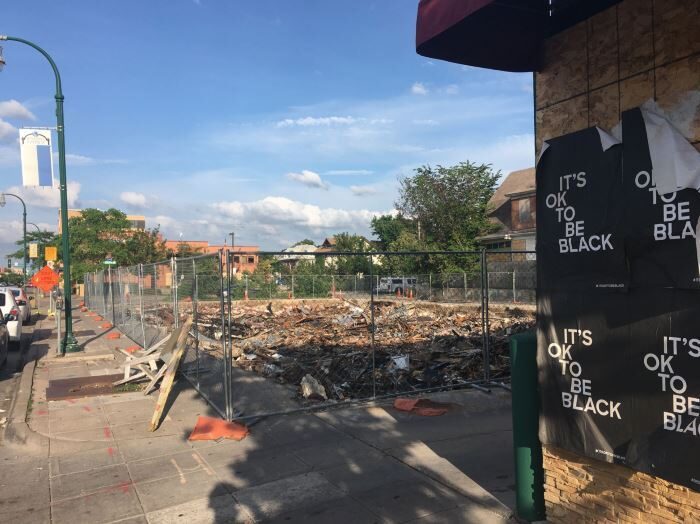
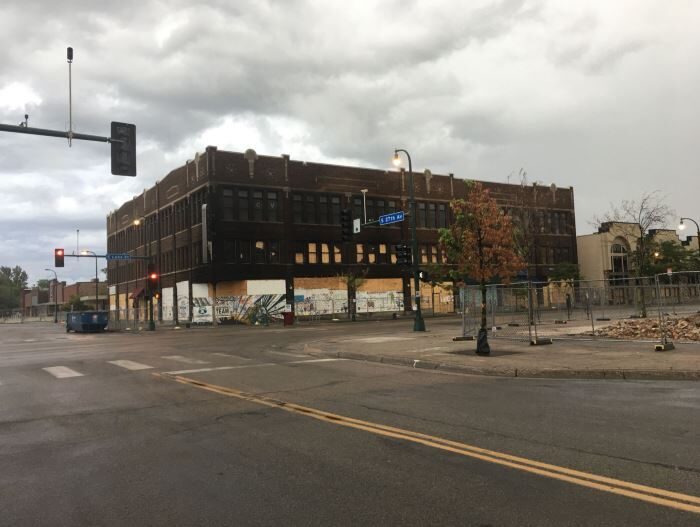
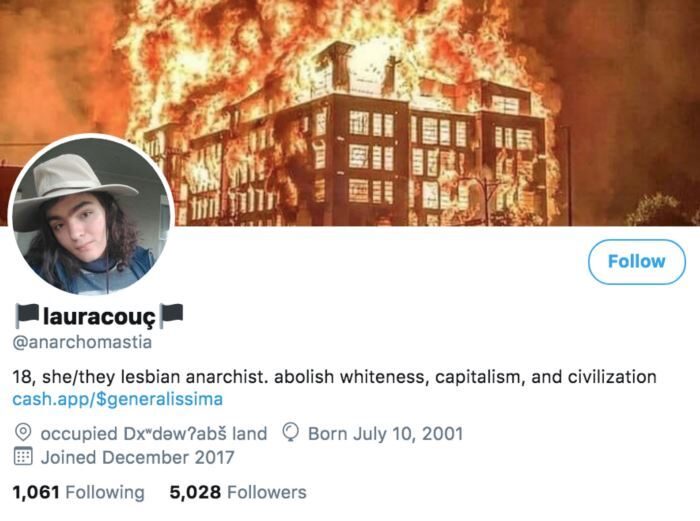
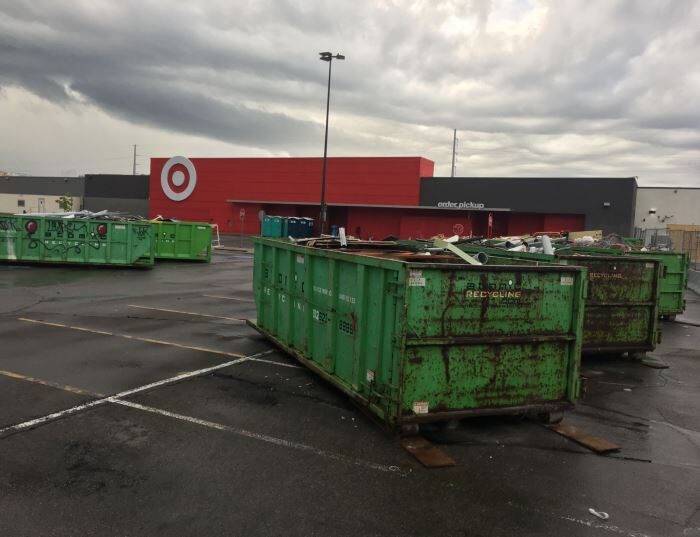
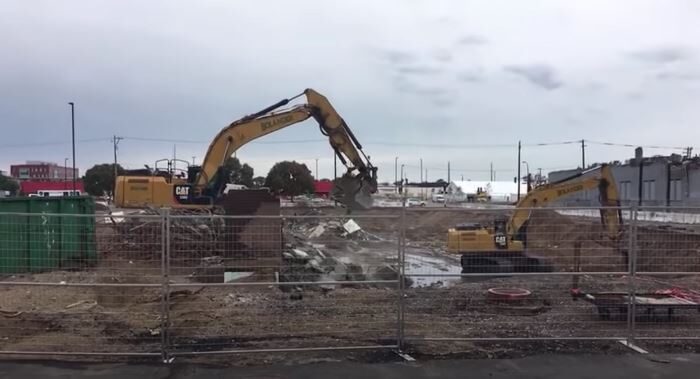
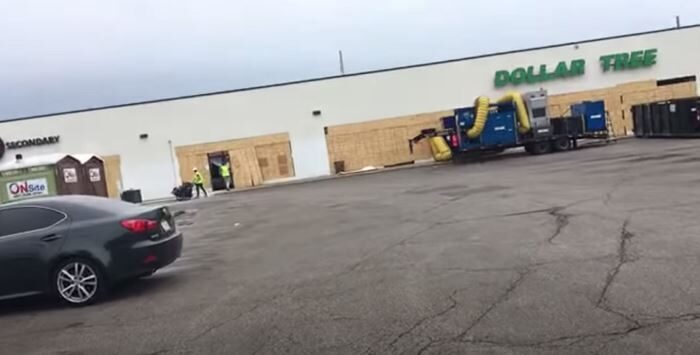
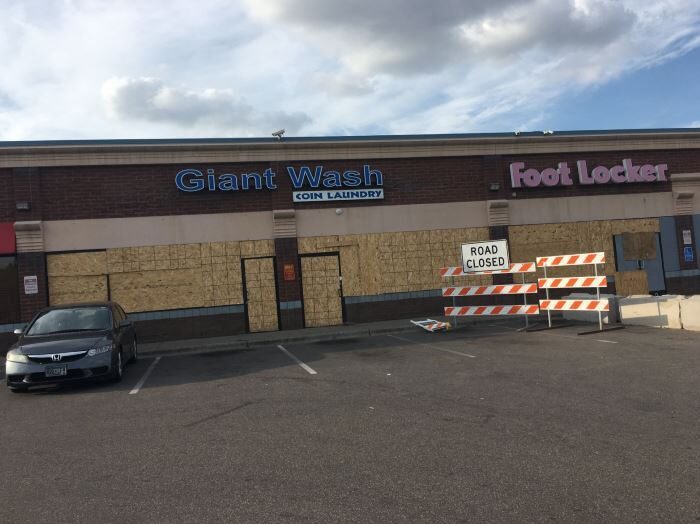
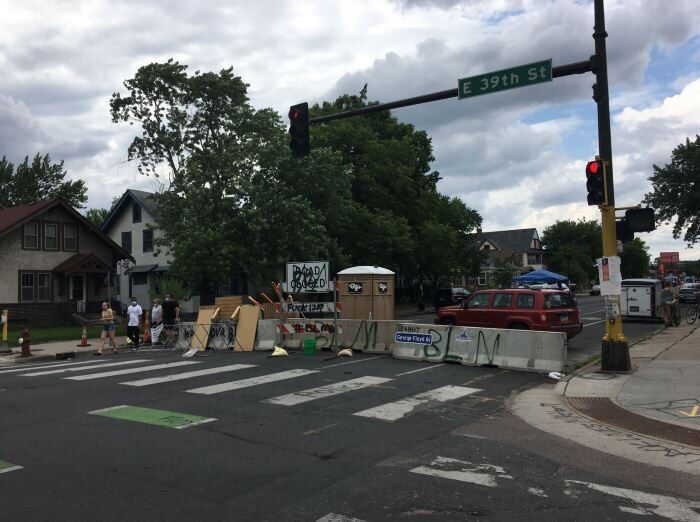
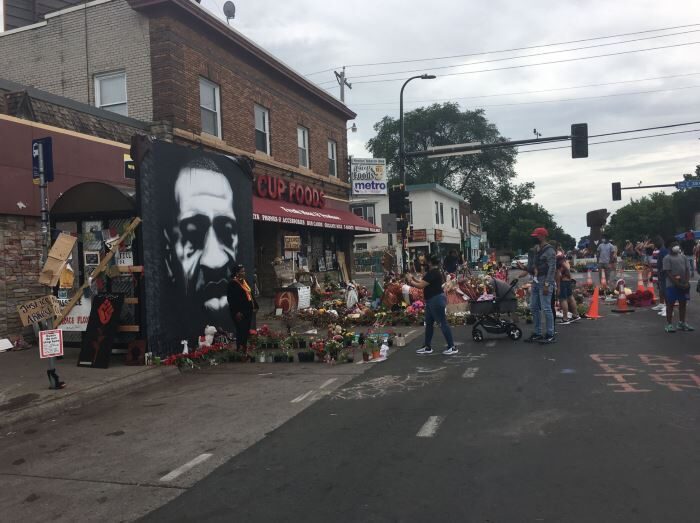
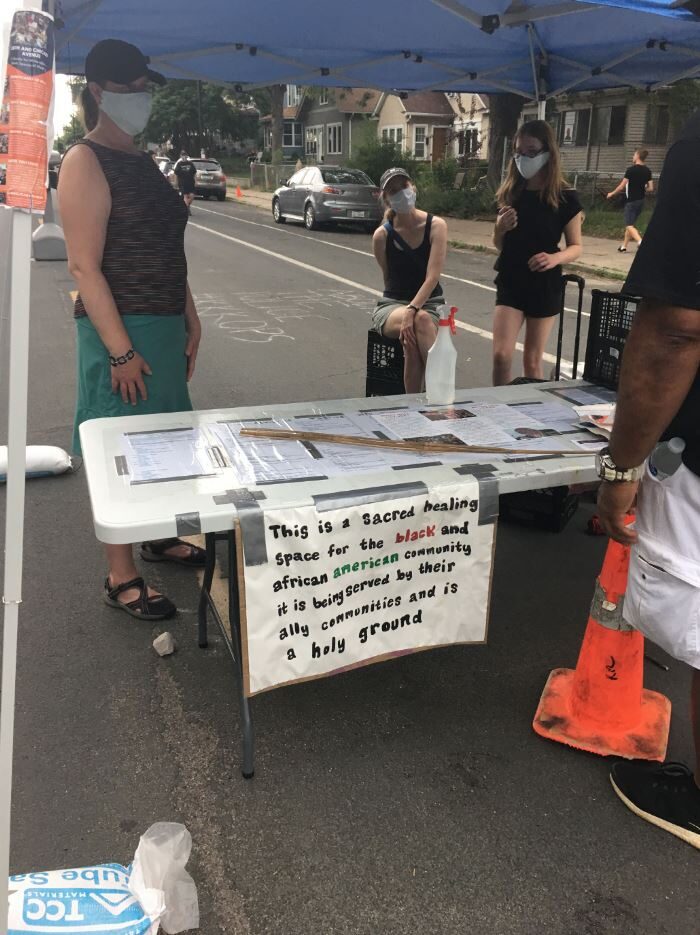
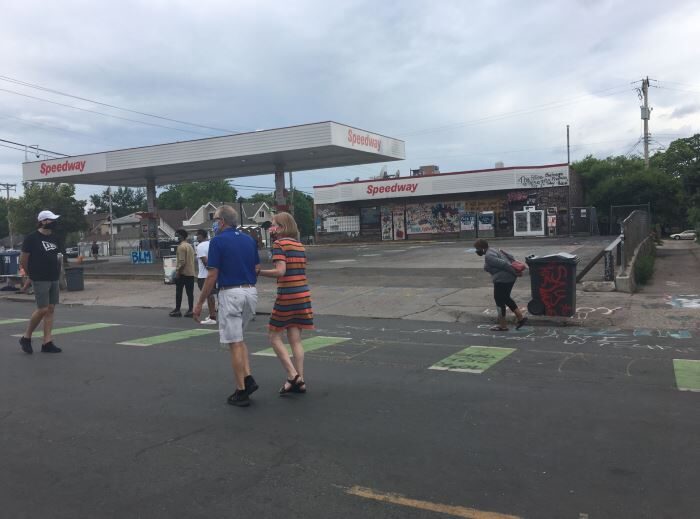
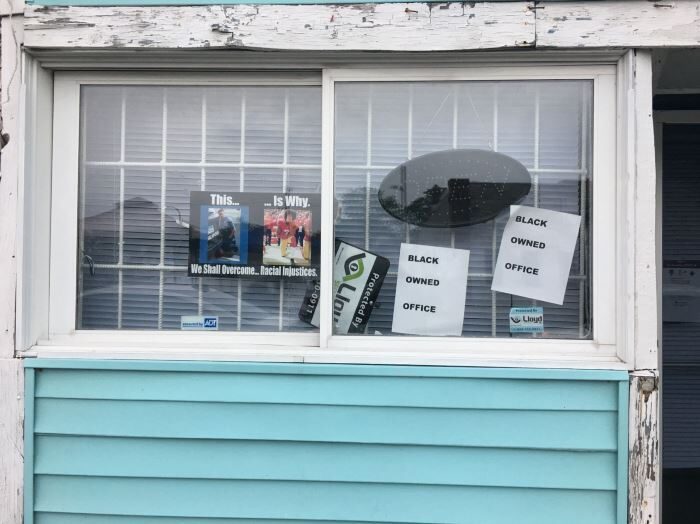
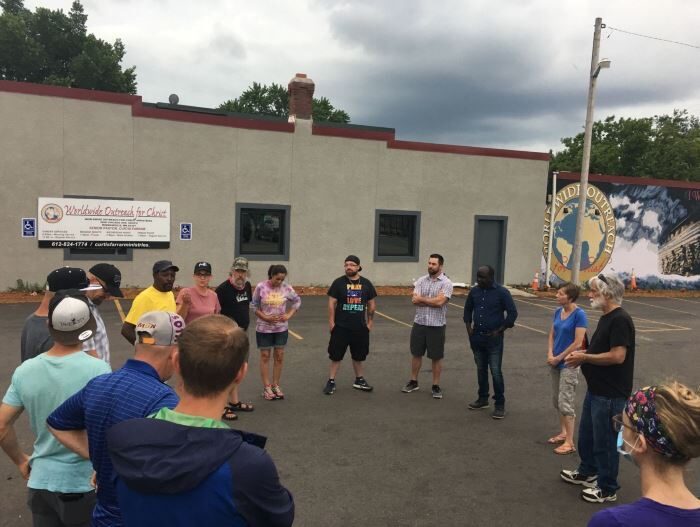
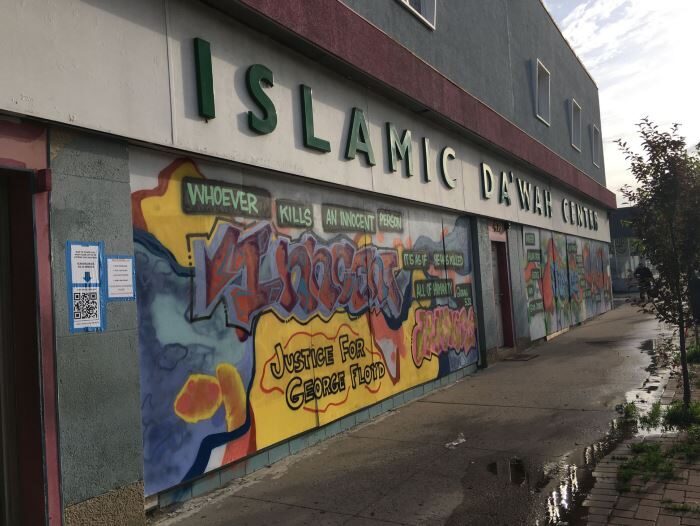
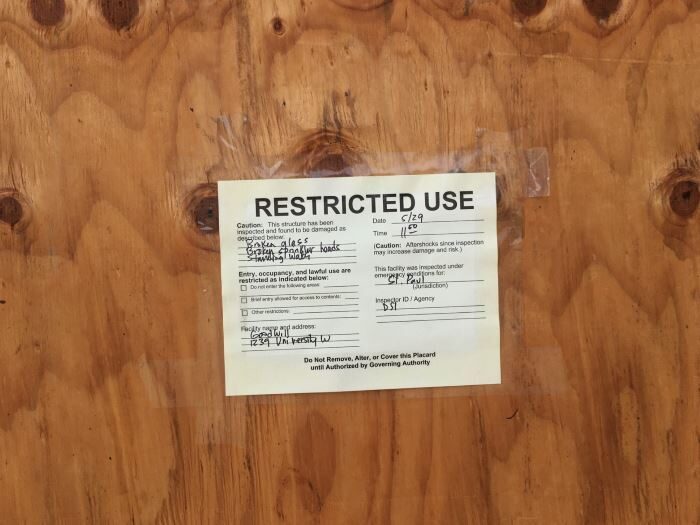
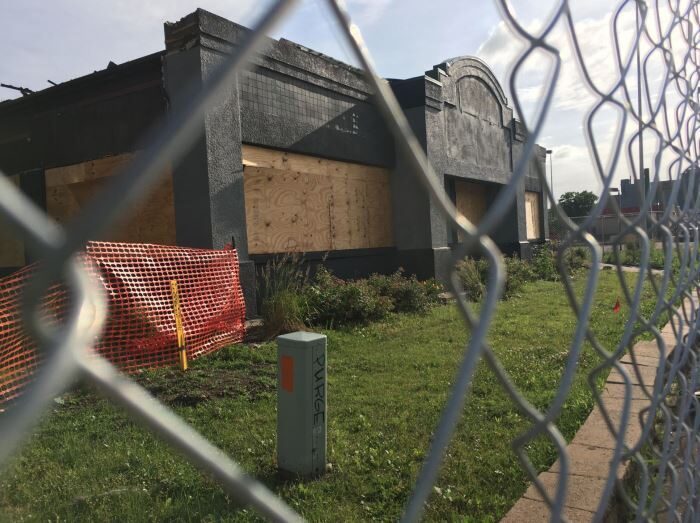
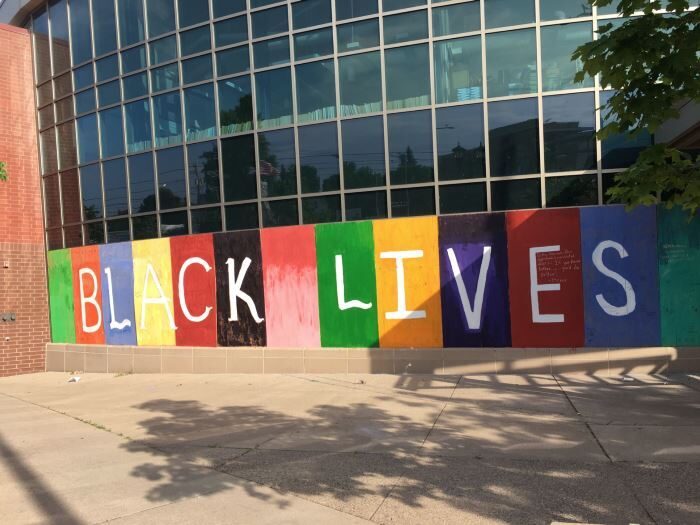
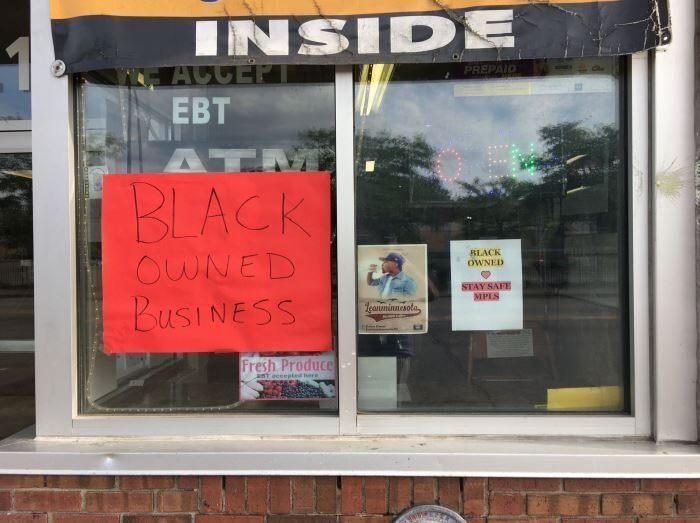



Reader Comments
This has never been about justice for Floyd or anyone else. This is a Soros sponsored insurrection designed solely to justify the CONgress passing draconian laws of stricture.
(CONgress: the antonym of Progress)
There will be no 'conversation' as the PTB do not want dialogue, they want chains and obedience for all and an excuse to foist it upon the US populace.
- Thank you for NOT wearing a mask.
They really do live in bubbles then. I've encountered critics too, who say "get over it, it's all a misunderstanding, sh*t happens everyday, my life matters, what are they on about..."
The problem with protestors is their deficient understanding of real diversity. Gurdjieff or someone said something of the sort, that humans differ from animals in their psychological diversity.
If it were just about the specific culprits, it would be more tolerable. But it's all empty placards and vain children.
.
I have never seen the logic of black people who hate "whitey", yet continually attack and terrorize their own people? It has never made sense to me..
if everything is boarded and statues defaced then all problems will be remedied